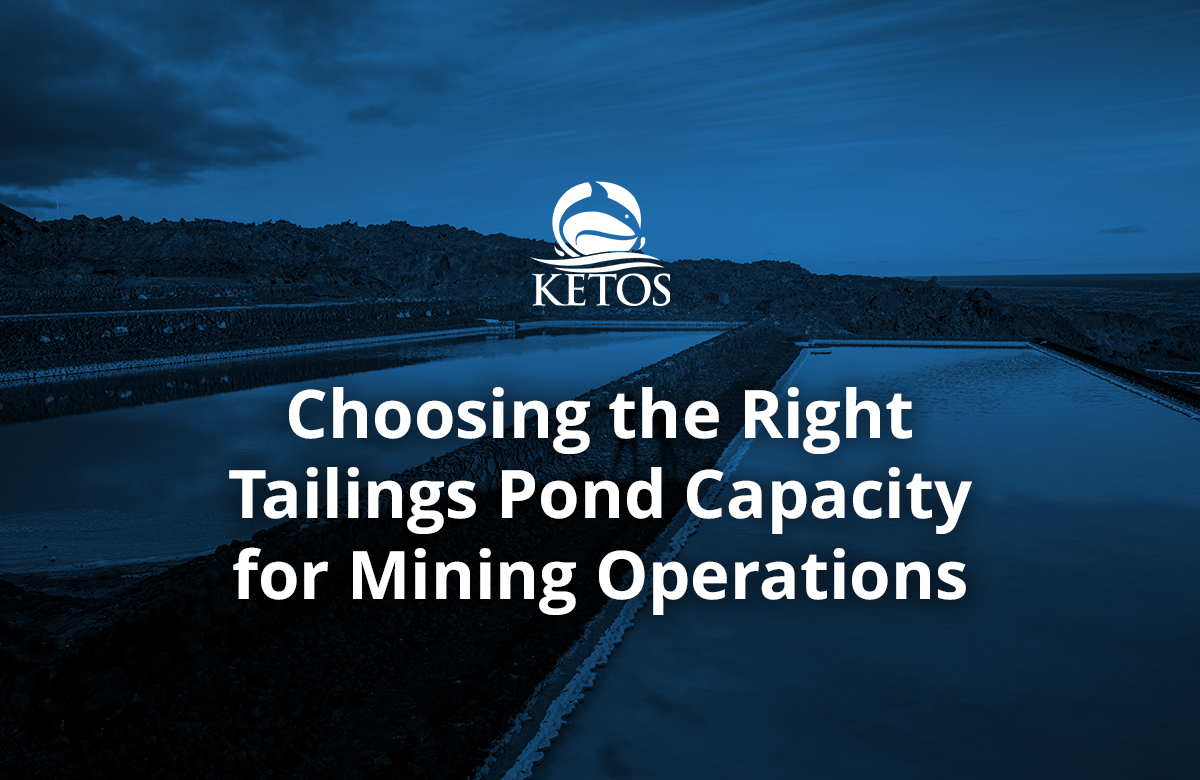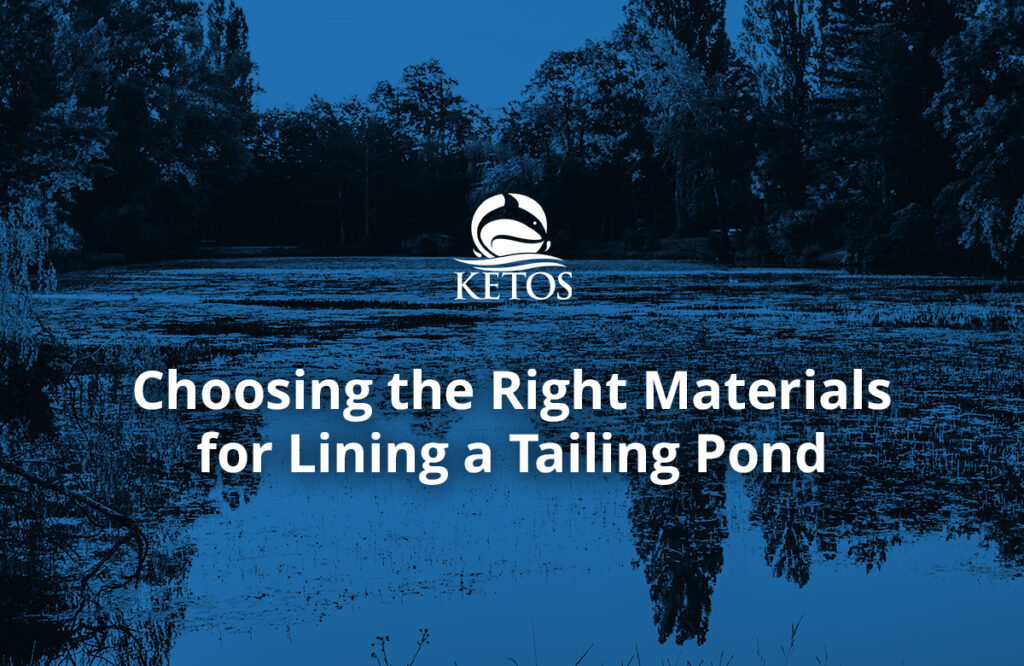Mining generates large volumes of waste byproducts known as mining tailings, which are the residual materials left after the extraction of valuable minerals. Managing this waste safely requires engineered storage systems called tailing ponds. The size of these ponds is not arbitrary. It must be determined based on a range of environmental, technical, and operational factors to prevent contamination, support long-term sustainability, and comply with regulations.
Why Tailings Need Specialized Containment
Tailings typically consist of a slurry made of water, fine-grained rock particles, and trace processing chemicals. These substances can include heavy metals and other toxic materials that are harmful to humans and wildlife when not disposed of properly. As mines expand, the volume of tailings increases significantly, requiring more robust containment strategies. Without properly sized storage, mining operations face serious risks such as overflow, seepage, and structural failure, all of which can lead to environmental harm and legal consequences. The presence of heavy metals and toxic substances in tailings further highlights the need for secure and scalable containment systems.
Primary Factors That Influence Pond Size
The design and scale of a tailing storage facility (TSF) must be planned with site-specific data. The following key variables are considered when determining optimal tailing pond size:
- Volume of Tailings Generated: Based on ore throughput and processing methods.
- Density of Slurry: Affects the surface area and depth needed for containment.
- Evaporation and Precipitation Rates: Local climate influences water balance in the pond.
- Topography and Geology: Determines whether a valley, ring dyke, or upstream dam is most appropriate.
- Operational Life of the Mine: Longer operations require expandable or scalable pond designs.
- Seepage Control Systems: Liner types and drainage capabilities play a role in how much volume must be allocated.
Common Types of Tailings Storage Systems
Tailing storage varies by site but generally falls into three categories. Each has specific spatial requirements:
| Type | Design Characteristics | Area Requirements |
| Conventional Storage | Slurry is deposited into large, engineered basins and impoundments | High – requires a large surface area and containment walls |
| Thickened or Paste Tailings | Reduced water content, deposited in smaller footprints | Moderate – less space needed, higher solids content |
| Dry Stack | Dewatered tailings stacked and compacted | Low – suitable for small or constrained sites |
Environmental and Regulatory Considerations
Environmental regulations play a major role in determining the layout and capacity of tailing ponds. Most jurisdictions require detailed environmental impact assessments (EIAs), groundwater monitoring plans, and contingency designs for extreme weather. These regulations often define specific freeboard requirements, which refer to the space between the tailings and the top of the pond wall. They also establish minimum liner specifications and discharge control standards.
Some regions, such as the United States and Canada, follow tailing management protocols established by agencies like the EPA, MSHA, or the Mining Association of Canada. These include performance standards that directly affect pond geometry, lining requirements, and overflow discharge points. Regulatory compliance for tailings pond water management requires continuous attention to these evolving standards.
Challenges in Predicting Future Tailings Volume
Sizing a tailing pond isn’t a one-time decision. Ore grade variability, equipment changes, and expanded production capacity can drastically alter the projected volume of tailings over time. Failure to account for such changes can result in early capacity exhaustion or unsafe structural loads.
This is why many operators use staged construction techniques, where dams or ponds are built in phases. This approach allows for better cost control, greater design flexibility, and adjustments based on updated production data or changing water management needs.
Role of Water Balance in Pond Sizing
Tailings are stored as a mix of solids and water. Managing this water component is vital. Water balance models account for:
- Inflows (tailing slurry, direct rainfall, runoff)
- Outflows (evaporation, seepage, recycling to the plant)
- Storage volume (with adjustments based on seasonal variability)
Accurate water quality and flow data help optimize the tailing pond design, especially in minimizing surface area exposure or limiting overflow risk. Predictive models and smart monitoring systems are now widely used to automate these calculations in real time.
Material Properties and Stability
Another core factor in determining tailings pond size is the geotechnical behavior of the tailings themselves. Some materials exhibit low shear strength, requiring broader footprints for stability. Others are more cohesive and allow for steeper slope angles. Understanding the consolidation, drainage, and settlement behavior of the stored tailings is key to avoiding pond failure or structural instability.
Monitoring Tailing Pond Performance
Even with well-sized ponds, ongoing monitoring is critical. Tailings storage requires continuous tracking of water levels, discharge points, slope movement, and seepage. Real-time data enables early intervention when anomalies are detected. Operators today are shifting to remote sensing, IoT sensors, and satellite-based imaging to supplement on-site inspections.
High-resolution monitoring not only supports environmental compliance but also assists with predictive modeling. Over time, this data can guide adjustments to operating procedures or trigger the next phase of pond expansion.
Cost Implications of Incorrectly Sizing a Tailings Pond
Incorrect sizing carries significant financial and environmental costs. Oversized ponds can lead to wasted capital, more complex permitting processes, and larger environmental footprints. Undersized ponds may overflow or require emergency expansions, which are costly and often fail to meet regulatory standards.
Optimizing pond size from the start helps maintain a balance between safety, cost-efficiency, and operational flexibility. It also supports improved closure planning and potential site rehabilitation.
How Digital Water Intelligence Supports Smarter Sizing
With rising scrutiny on environmental management, more mining operations are turning to automated water monitoring to support tailing pond performance and expansion. This approach provides consistent, high-frequency data on variables that directly affect sizing decisions, such as:
- pH, salinity, and dissolved metals in discharge water;
- Slurry input volumes and water recycling rates;
- Evaporation loss and rainfall accumulation; and
- Seepage detection through conductivity changes.
Digital platforms enable teams to make decisions based on live field data instead of outdated assumptions. Over the life of a mine, this enhances safety and reduces compliance risk.
How KETOS Helps Optimize Tailing Pond Management
KETOS offers a fully automated, real-time water quality monitoring solution tailored for mining operations. With patented IoT sensor systems, the KETOS SHIELD and WAVE platforms give operators the ability to remotely monitor water parameters that directly affect tailing pond sizing, stability, and compliance.
Key advantages of the KETOS system include:
- Remote tracking of over 30 water quality parameters, including pH, dissolved solids, temperature, and heavy metals.
- Unlimited testing frequency to support continuous data collection and early issue detection.
- Predictive analytics that help forecast potential compliance or maintenance issues.
- Zero upfront capital investment with a simple annual service model.
- No need for manual sampling or third-party lab involvement.
KETOS gives mining teams the visibility and control they need to make confident decisions from initial design to final site closure. Contact us today to request a demo and see how we can help improve tailing pond planning, performance, and compliance.










